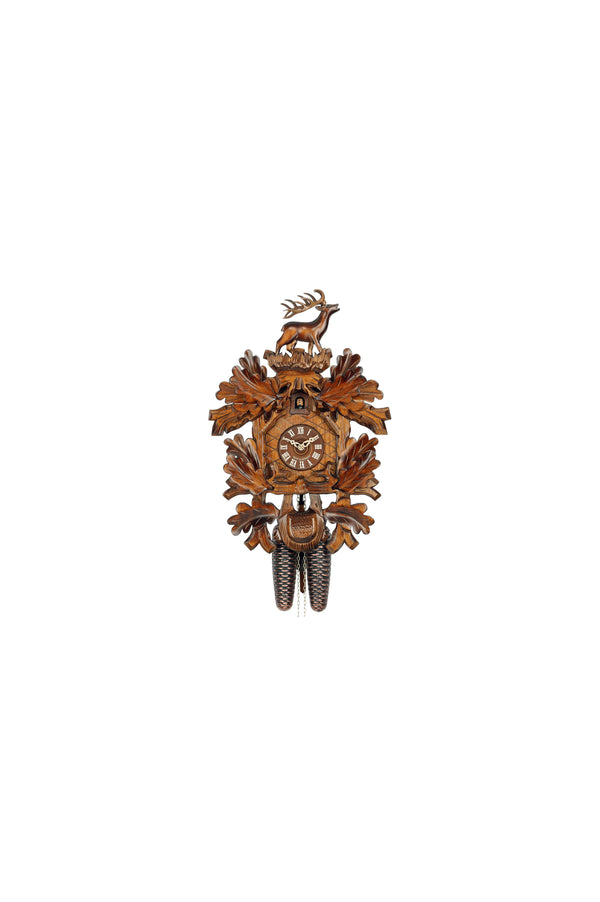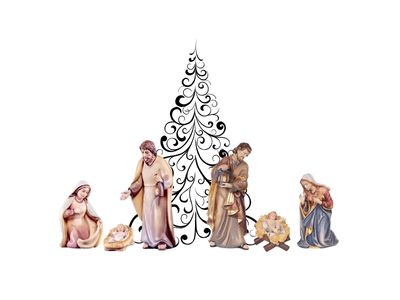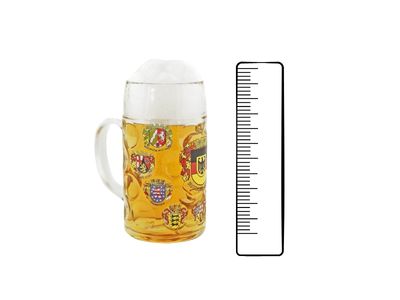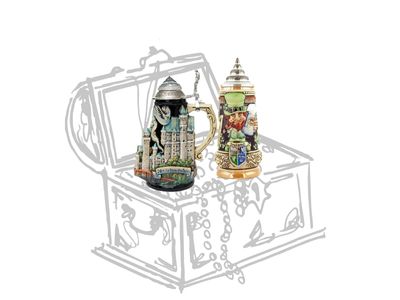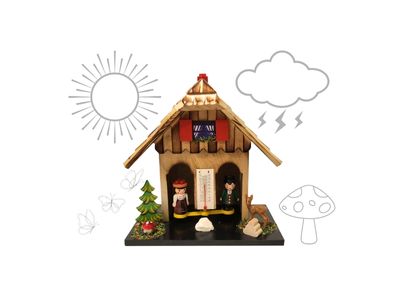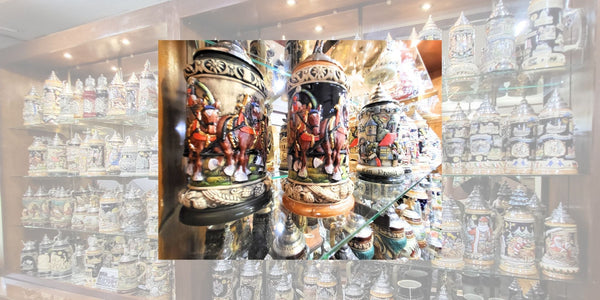
The Tradition of the Beer Stein
More Than Just a Mug: A Toast to History and Craftsmanship
When most people picture a German beer stein, they think of something heavy, ornate, and possibly topped with a pewter lid. It’s a symbol of Bavarian culture, Oktoberfest celebrations, and centuries-old beer tradition. But where did this beloved mug come from, and why do people still treasure it today?
Let’s raise a glass to the story behind the stein.
What Is a Beer Stein, Really?
The word “stein” comes from the German word Steinkrug, meaning "stone jug." In Germany, a “Bierkrug” is the more common term today. But to collectors and beer lovers around the world, a "beer stein" refers to a decorative, lidded beer mug, often made from stoneware, porcelain, glass, or pewter.
A Tradition Born from Plague and Practicality
The beer stein’s origins go back to the 14th and 15th centuries, a time of serious health concerns in Europe. After the Black Plague and during repeated outbreaks of disease, cities across Germany passed hygiene laws that required all food and drink containers to be covered.
Enter the stein: a mug with a hinged pewter lid, often thumb-operated so you could open it easily with one hand. It helped keep bugs out, keep beer in, and satisfied public health codes. Over time, the lid became not just practical, but a signature feature.
A Canvas for Folk Art
By the 19th century, beer steins became more than just drinking vessels. They were works of art. Workshops in regions like Westerwald and Thuringia began producing elaborately decorated steins with relief carvings, hand-painted scenes, and detailed pewter lids.
Common themes included:
-
German folklore and mythology
-
Hunting scenes and Alpine landscapes
-
Military motifs and regimental steins
-
Commemorative messages and family crests
Each stein told a story, and many were given as gifts, keepsakes, or trophies.
Are Beer Steins Still Used Today?
Absolutely. While most Germans today use simpler glass mugs or ceramic Krüge for everyday drinking, beer steins remain deeply rooted in tradition, especially at events like Oktoberfest, family gatherings, or collector fairs.
In the U.S. and around the world, beer steins are prized for their craftsmanship and character. Some are functional, others purely decorative. And yes, many people still love the clink of ceramic and the feel of a lid flipping open mid-toast.
Why People Still Love Beer Steins
-
Tradition – They connect us to centuries of beer culture
-
Craftsmanship – Handcrafted, hand-painted, and built to last
-
Collectibility – No two are quite the same
-
Conversation starters – They tell a story before the beer is even poured
A Modern Take on an Old Classic
Today, you can find steins made in the same regions of Germany where the tradition began. Many are still handcrafted and hand-decorated using traditional techniques. Whether you’re adding to a collection or gifting a one-of-a-kind mug, a beer stein carries both history and heart.
So next time you pour a beer into a stein, remember — you're not just enjoying a drink. You're participating in a story that spans hundreds of years.
Prost to that.


